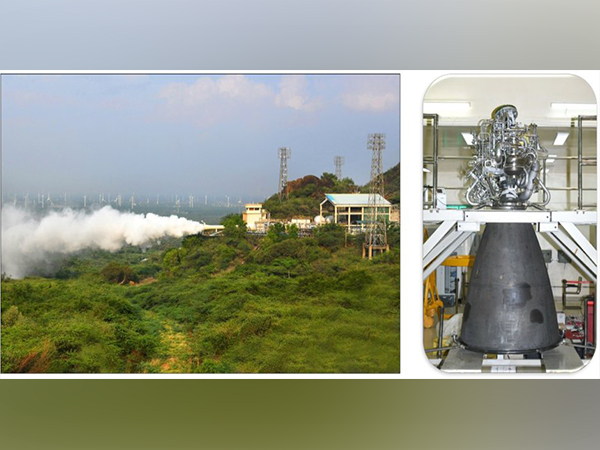Director General of European Space Agency (ESA), Josef Aschbacher, heaped praise on the Indian Space Research Organisation (ISRO) for its recent successful launches and said that India’s accomplishments in space and especially in lunar exploration is ‘astonishing’.
Aschbacher posted an appreciation post on X, after ESA hosted its 323rd Council meeting in Paris which was attended by the ISRO Chairman, S Somanath.
ESA Member States met in Paris, France, for the 323rd session of the ESA Council on March 26 and 27, 2024.
The European scientist also underscored that the significance of strengthening ties and deepening cooperation with international partners cannot be underestimated.
“What India is accomplishing in space – especially in Lunar exploration – is astonishing. We hosted ISRO’s Chairman, Dr. S. Somanath at ESA Council today. It was a milestone occasion for Delegates to learn more about current and future plans for ESA-ISRO cooperation,” he posted on X.
“The strategic importance of strengthening ties and deepening cooperation with international partners cannot be underestimated,” he added.
Additionally, Astronaut Thomas Pesquet also shared about meeting with the ISRO chairman and the ESA Director and said that the they witnessed enthusiastic exchanges between the two leaders.
“Very proud to welcome ISRO chairman Shri. S. Somanath at ESA HQ in Paris yesterday, with our director Josef Aschbacher. Enthusiastic exchanges between the two men, and abounding cooperation opportunities between the two organisations. Let’s co-travel to space together!,” he posted on X.
In a stellar display of prowess, India soared to new heights in 2023 with the successful soft landing of Chandrayaan-3 on the South Pole of the Moon and the launch of Aditya-L1, India’s first solar mission.
These milestones not only secured India’s standing in the global space economy but also fueled the engines for the private space sector in India.
On August 23, 2023, the Chandrayaan-3 mission created history with the successful soft landing on Moon’s surface.
India is now the first nation to reach near the Moon’s unexplored South Pole and ranks amongst the top four nations to carry out a soft landing on the lunar surface.
Chandrayaan-3 is India’s third lunar mission and the second attempt to land softly on the moon’s surface. It’s part of the Chandrayaan program, a series of missions developed by the Indian Space Research Organisation (ISRO) to explore the moon. The mission consists of a Vikram lunar lander, a Pragyan lunar rover, and a propulsion module that carries the spacecraft from Earth orbit to lunar orbit.
Additionally, in a major milestone, India placed its first dedicated solar mission, the Aditya-L1 spacecraft, in the Halo orbit. The country went gaga over this historic achievement, especially since this mission came at the back of India’s moon landing, the Chandrayaan-3 mission.
Aditya-L1 reached Lagrange Point L1 which is about 1.5 million km from earth. The PSLV-C57.1 rocket carrying the Aditya-L1 orbiter lifted off successfully from the Satish Dhawan Space Centre in Sriharikota, Andhra Pradesh, in September. (ANI)
For more details visit us: https://lokmarg.com/








